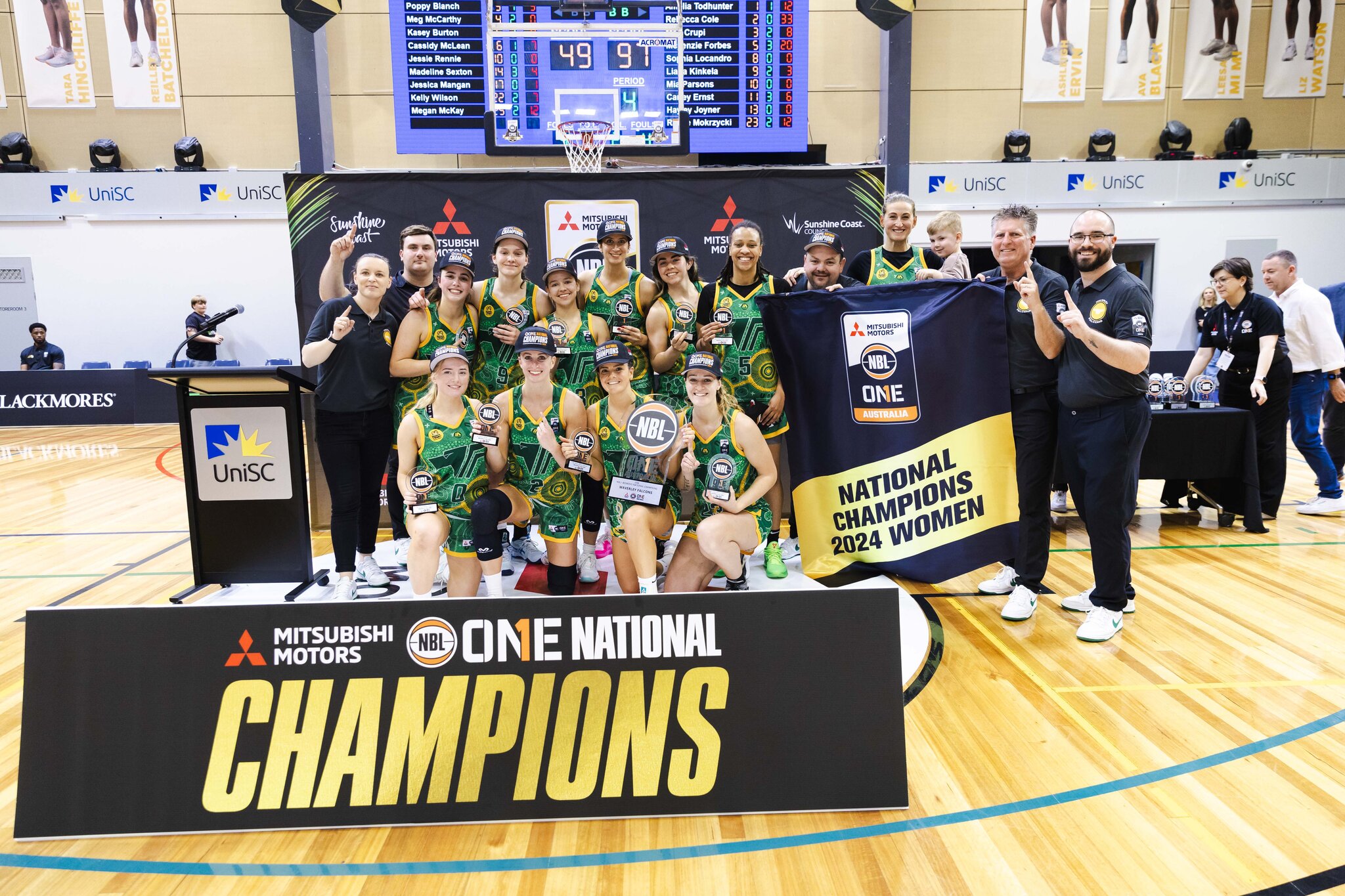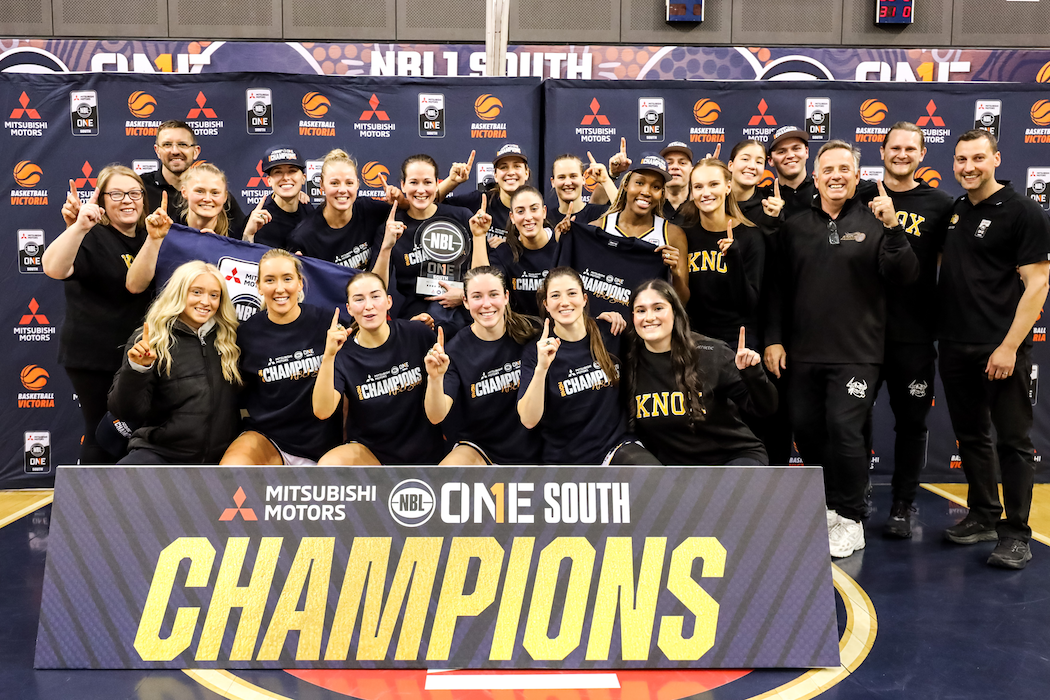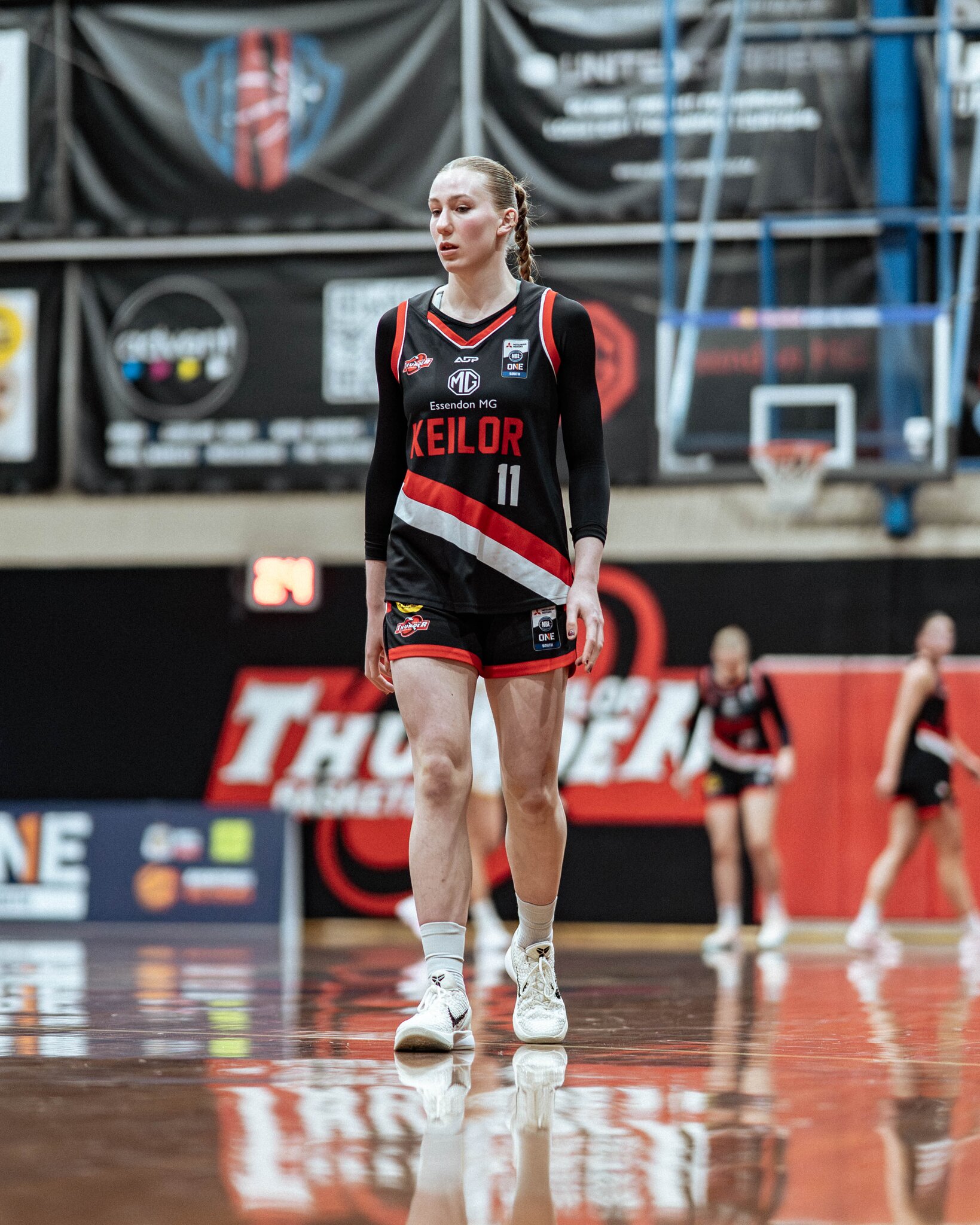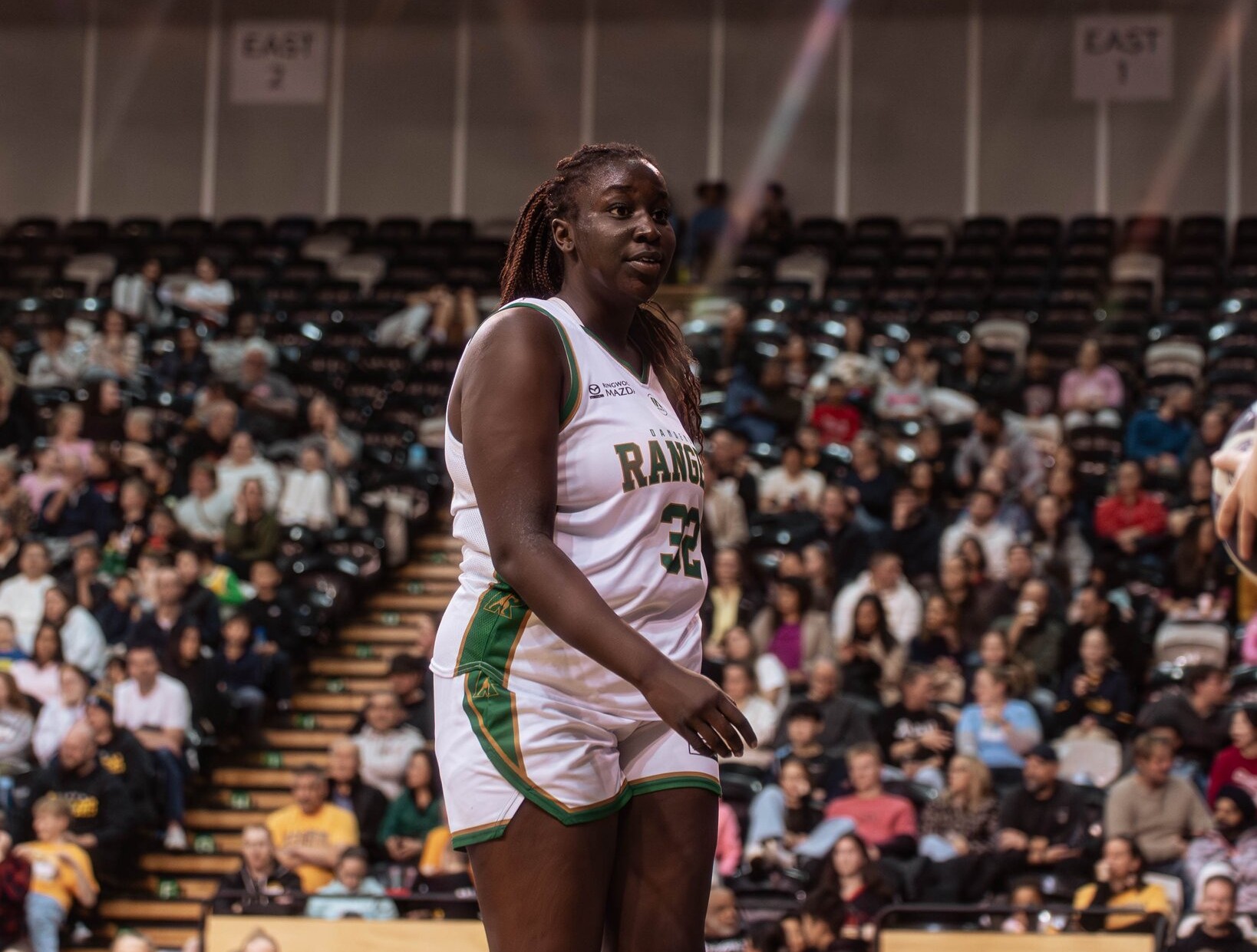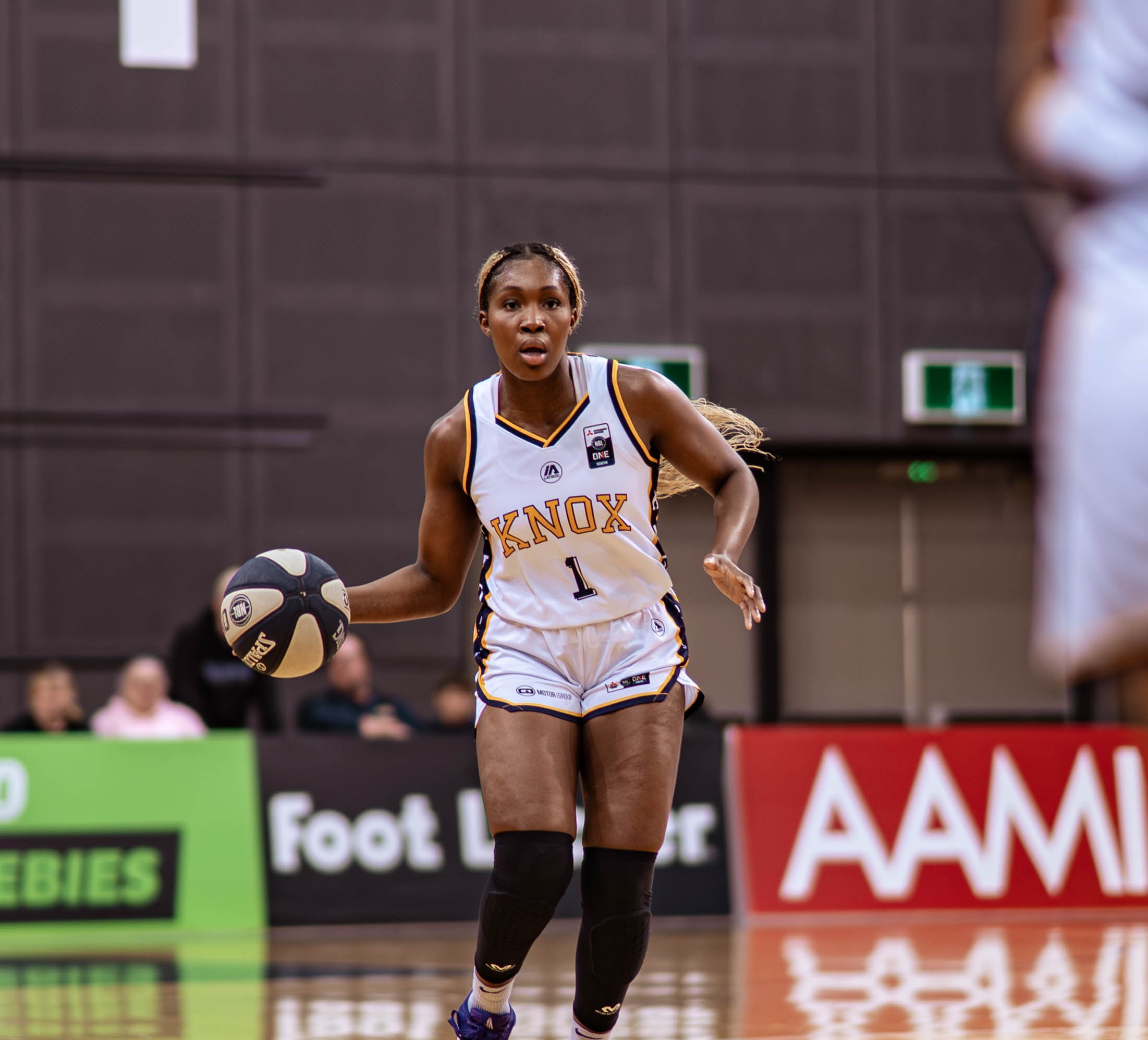NBL1 South women’s team summary: Hobart Chargers
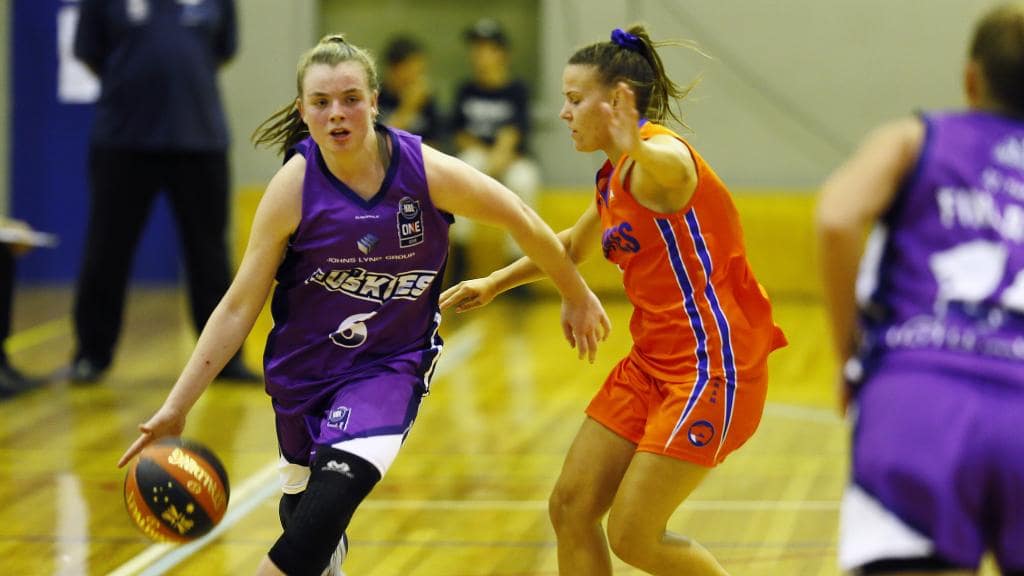
IN light of the COVID-19 global pandemic, the National Basketball League (NBL)1 South Conference has been cancelled this year. As such, while Draft Central intended to do a preview on all teams leading up to the delayed start, it will instead be a team summary from last season and what they might look to improve on for 2021. Today’s edition looks at Hobart Chargers’ women’s side that finished 14th overall, but fell away at the end of the season.
2019 in Review:
Finished: 14th
Wins: 6
Losses: 14
Home: 3-8
Away: 3-6
What went right:
- Promising start to the season, winning four of the first five matches
- Defensive rebounds (28.8 per game, ranked second overall)
- Managed continuity within the team as four players played 20 games, including three starters
- Were competitive throughout most matches in the first half of the season
The Hobart Chargers were full of excitement starting off the NBL1 South women’s season, winning four of the first five games. The win over Nunawading Spectres would prove to be the best of the lot as the other two sides – Sandringham Sabres (twice) and Diamond Valley Eagles would finish in the bottom three during the season. The remaining two wins came later in the year over another bottom four side in fellow Tasmanian team, Launceston Tornadoes, as well as an upset five-point win over Melbourne Tigers. They managed to keep relative continuity within the team, as four players got on court in every game, and three of those were the Chargers’ starters. Furthermore, in the first half of the season, the Chargers were largely competitive with a number of tight losses that could have changed the confidence of the team. Statistically, rebounding was the Tasmanian-based side’s strength, ranking second overall for defensive rebounds with 28.8 per game.
What went wrong:
- Won just two games between May and July, both in Tasmania and defeated just one finalist
- Offensive rebounds (8.4 per game ranked 17th overall)
- Ball-handling (16.6 turnovers per game, third highest overall and 3.1 steals per game, ranked 18th overall)
Unfortunately for the Chargers, there was a lot that went wrong, particularly once it hit May. After a promising start, Hobart lost 11 of the last 13 games to end the season, and there were some unfortunate blowouts including Kilsyth Cobras (50 points), Melbourne Tigers (27) and Waverley Falcons (34) in the last three weeks. It is no surprise that the Chargers would have fallen off the pace without star, Cayla George who dominated for two rounds before having to fly back to the United States and play for her WNBA club, Dallas Wings. Statistically, the Chargers also ranked low in offensive rebounds and steals, and high in turnovers which meant the side could have improved its ball-handing ability.
Top Players:
Ellie Collins
Whilst George was the star, the Australian Opals talent only managed the two games, and that meant Collins picked up the slack on the scoring end. She finished with 16.4 points, 6.0 rebounds, 4.3 assists and 1.3 steals per game in what was a sensational season. She also averaged more than 50 per cent from two-point range, though her three-point (30.3) and free-throw (66.7) accuracy could be improved. She spent 34.1 minutes on court across the 20 games, which was absolutely sensational.
Tayla Roberts
Roberts also played 20 games in a consistent year, finishing just behind Collins in terms of points, with 13.8 per game. She had an identical accuracy from two-point range with 51.8 per cent from a whopping 222 attempts, whilst she achieved an 82.1 per cent accuracy from the foul line, though the two-point jumper was her specialty. Along with her point-scoring ability, Roberts averaged the second most rebounds for her side for the whole season, pulling in 6.9 per match, as well as dishing off a handy three assists and blocking a shot each game on average.
Nikki Greene
The premier rebounder in the side, Greene was a late inclusion to the team and was aimed to replace George in that role close to the post. She did her best, recording 10.8 rebounds – including 8.9 off the defensive end – to finish the season with a double-double. To achieve that, she also sank 12.8 points per game in her 16 matches, and averaged almost 30 minutes on court. Picking up 1.8 steals and a block per game, she provided the presence and added an important element to the side that was lost with George’s departure.
Young Gun:
Sharna Thompson
There were plenty of young guns on this list with a young, developing team, but Thompson was the pick of the bunch with the teenager playing in every match in 2019. Not only that, she had the second most minutes on court behind Collins, with 33.3 per game, and averaged 15.5 points. Her accuracy from two-point range could improve (41.3 per cent), but her three-point accuracy (32.3 per cent from 158 attempts) was a highlight in her game. She was the long-range deadeye and along with almost three assists and a steal a game to go with four rebounds, she gave everyone a glimpse of what she is capable of in the future.
Christmas list for 2021:
A premier player to cap off the list. One might look at the Chargers’ results and put a line through their season, but as they showed at the start, the difference between having a “Cayla George” on court and not is night and day, and realistically, they just need that extra piece of the puzzle to genuinely worry some sides. George averaged a lazy 25.5 points and 17.5 rebounds – not a typo – in her two games, and finding someone like that, who can fill that kind of void would provide the Chargers with a huge boost.
Summary:
Hobart Chargers had a disappointing year aside from the first month, but they had a lot of young, developing players coming through. No doubt they will be better for the court time and depending on how the Chargers’ list shapes up for 2021, they could be a competitive unit again with a few tweaks to the side.


















